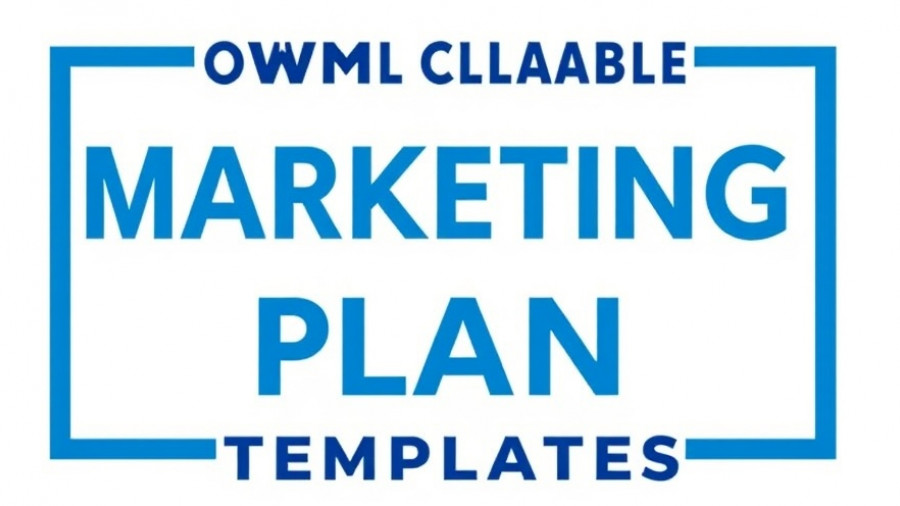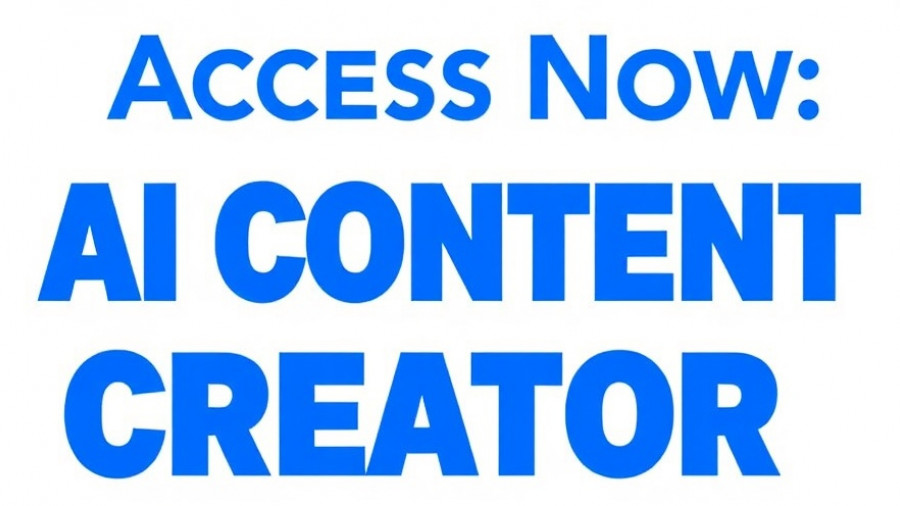
Rethinking Growth: Lessons from a Serial Founder
In today's fast-paced business world, it may often feel that the only way to succeed is through relentless growth—and that thinking can lead to burnout and stress, as Ryan Atkinson, CEO of Spacebar Visuals, learned the hard way. After facing an overwhelming array of challenges, Atkinson emerged with a refreshing philosophy: growth should be purposeful, not just for the sake of more. This article delves into Atkinson's insights and how they can help digital marketers, agencies, and small business owners navigate the often tumultuous waters of entrepreneurship.
Understanding the Pitfalls of Hustle Culture
Atkinson’s experience serves as a wake-up call against the allure of hustle culture, which glorifies perpetual growth at any cost. He candidly recalls, "All of Q4 was the biggest punch in the face for me that year. It was the most stressed I’ve ever been in my life." This is a sentiment many entrepreneurs share but few openly acknowledge. Hustle culture pushes individuals to sacrifice mental health for the pursuit of growth, leading to stress-related ailments and diminished creativity.
Atkinson advises against this mindset: "The goal is still growth, but it’s not growth at all costs. Grow to hire correctly. Grow profitably. Grow mindfully." Understanding this distinction can empower business owners to set realistic, health-conscious goals that foster sustainability rather than just size.
Budget-Friendly Strategies for Video Marketing
For many startups, producing high-quality video content seems daunting—especially on a limited budget. Atkinson encourages aspiring marketers to begin with cost-effective solutions rather than aiming for grand productions. "If you can’t spend 20 grand on a video, Upwork is a great place to get started," he suggests. This not only allows business owners to obtain professional-quality content but also suits various stages of customer engagement.
Atkinson highlights the importance of investing in strategic video assets that resonate with audiences across the buyer's journey: a top-of-funnel explainer video, a brand overview video, and a product demo. These foundational elements can significantly enhance lead generation efforts by effectively conveying brand narratives to potential clients.
A Long-Term Vision: Aligning Goals with Values
The importance of aligning business growth with personal and professional values cannot be overstated. Atkinson's journey shows that business owners must ask themselves, "What am I growing towards?" This clarity enables entrepreneurs to integrate their core values into their growth strategy, paving the way for more meaningful success.
In the digital marketing space, where customer connections often dictate business viability, focusing on human-centric strategies fosters loyalty over sheer numbers. By prioritizing authentic relationships within sales funnels, brands can improve their CRM efforts and ultimately secure better client acquisition.
Tools and Techniques for Sustainable Growth
To implement these insights effectively, here are some actionable strategies:
- Leverage Marketing Automation: Utilize automation tools to streamline workflows, reducing the manual load and allowing you to focus on strategic growth initiatives.
- Build Effective Sales Funnels: Understanding how to create sales funnels tailored to your audience helps optimize conversions and nurtures leads throughout their journey.
- Invest in Relationship Management: A robust CRM system ensures you maintain meaningful interactions with potential clients, enhancing lead generation efforts.
Embracing the Journey, Not Just the Outcome
The entrepreneurial experience involves continual learning and adaptation. Ryan Atkinson’s candid reflections emphasize how valuable it is to embrace the journey, paving the way for not only growth but also a fulfilling business experience.
As Atkinson articulates, “Let your growth be about building something sustainable.” This approach shifts the focus from mere expansion to meaningful development, ultimately creating brands that resonate with their audiences.
Understanding these principles and practices can transform your approach to building a business in today's competitive landscape. Remember, meaningful growth doesn’t come from hastily scaling; it stems from purpose-driven actions.
Call to Action: Are you ready to re-evaluate your growth strategy? Take the time to reflect on your true goals, and consider actionable steps that align with your core values. You have the power to shape not just your business, but the impact it has on your community and beyond.
 Add Row
Add Row  Add
Add 




Write A Comment